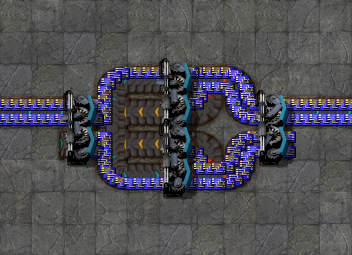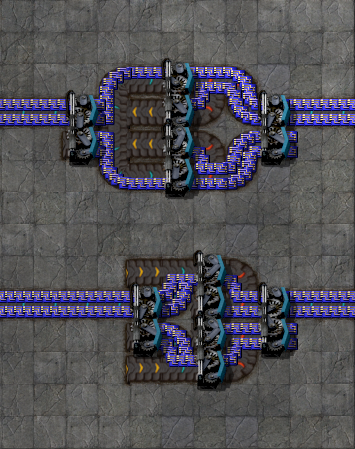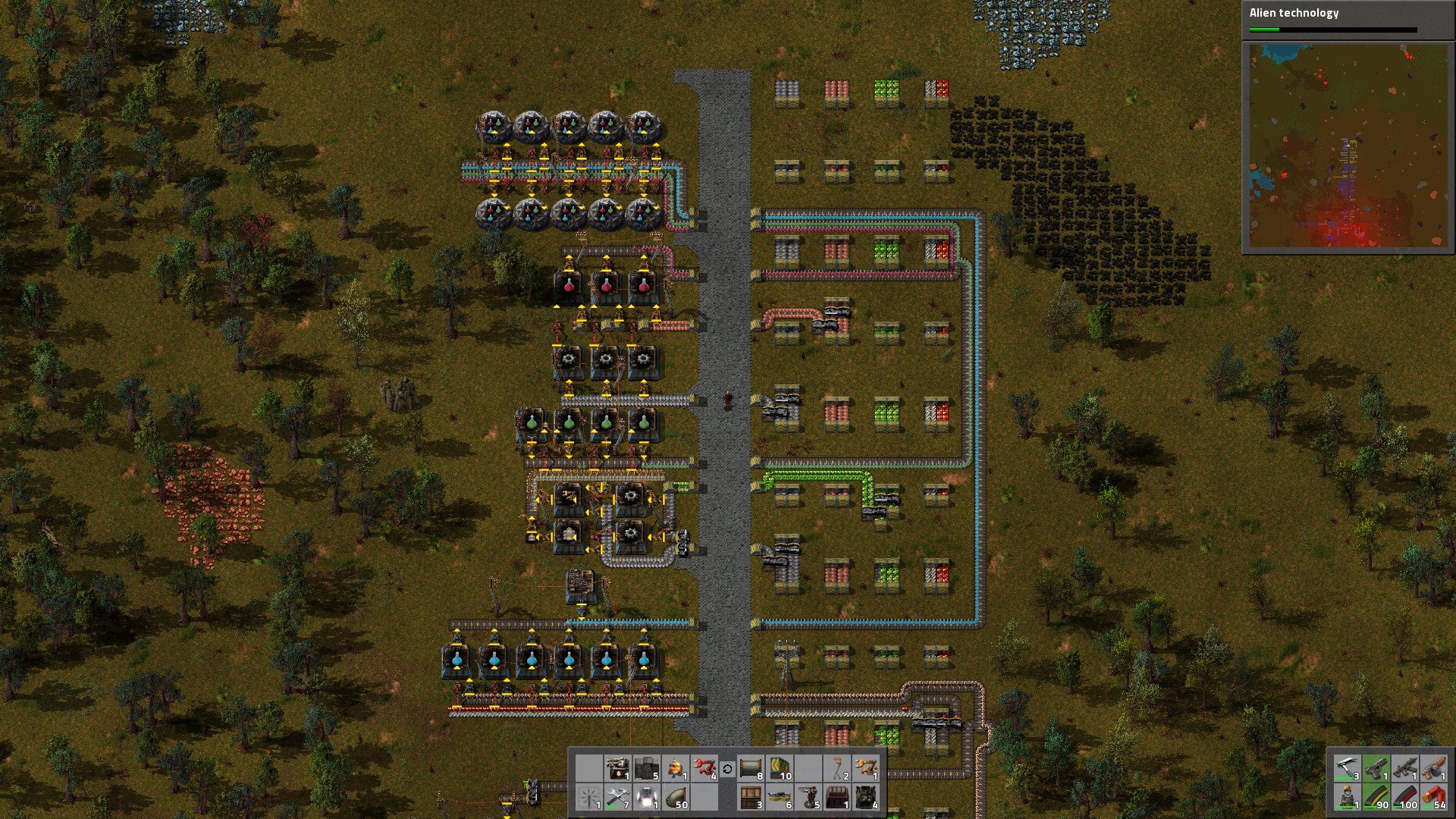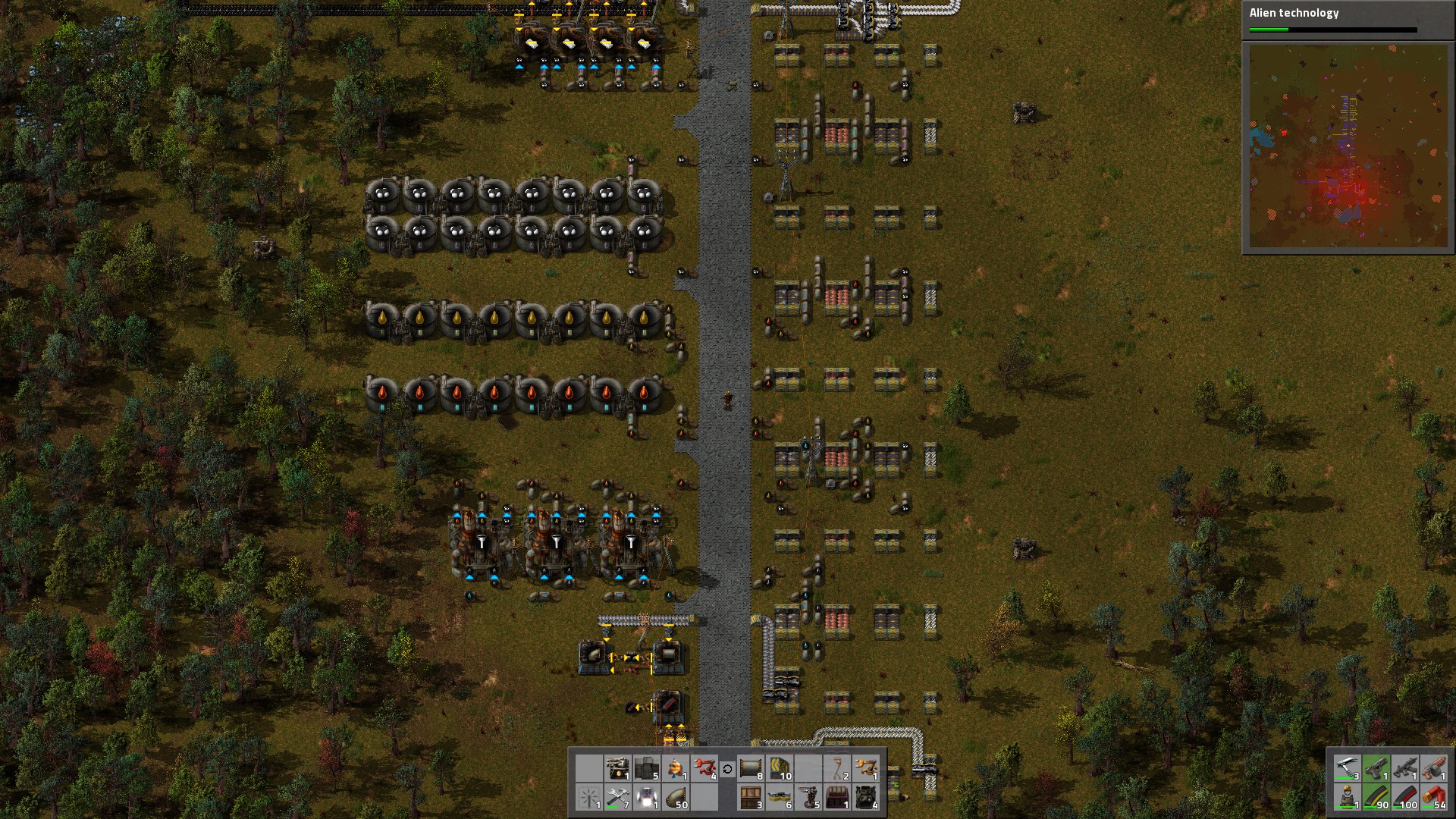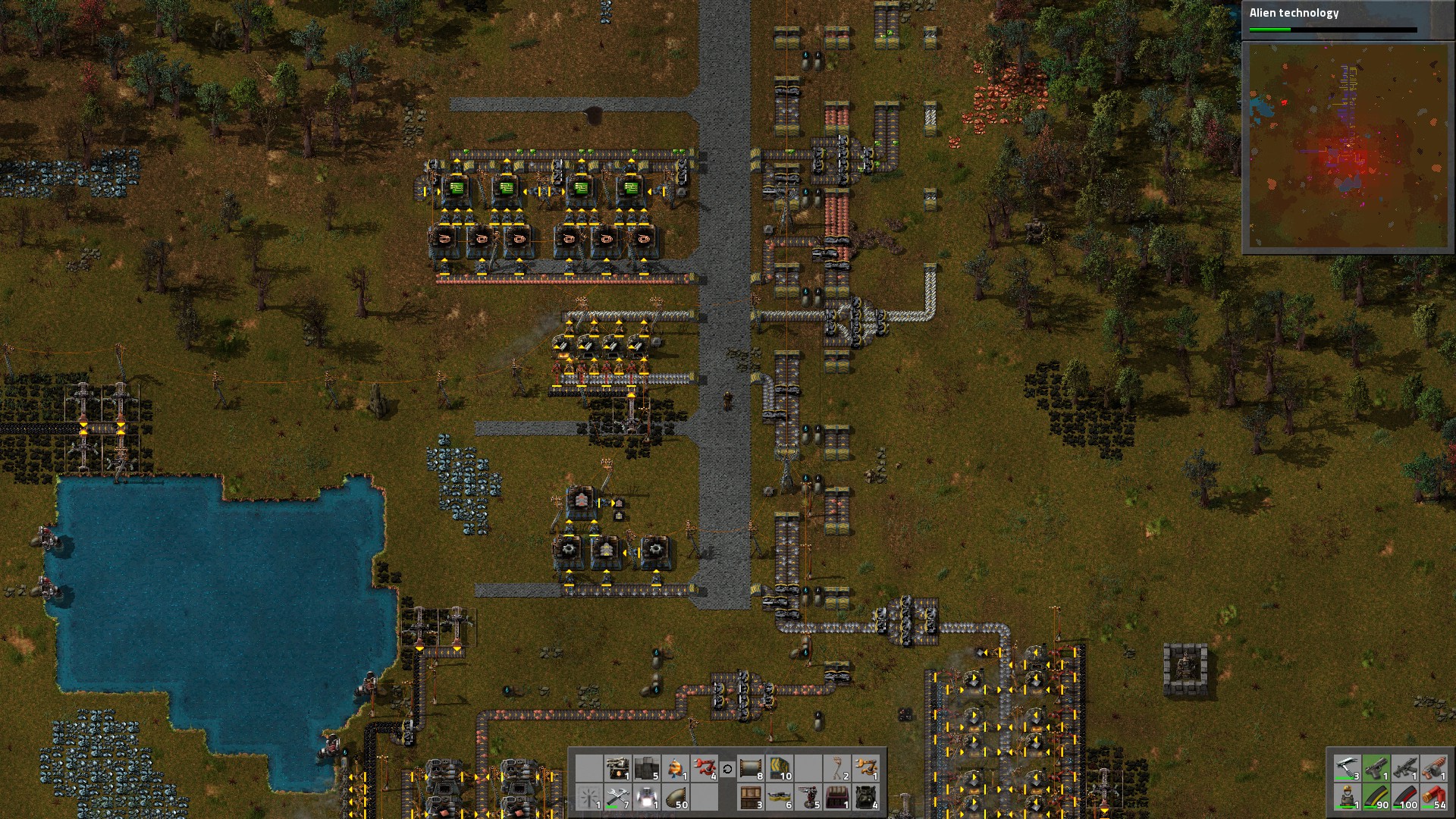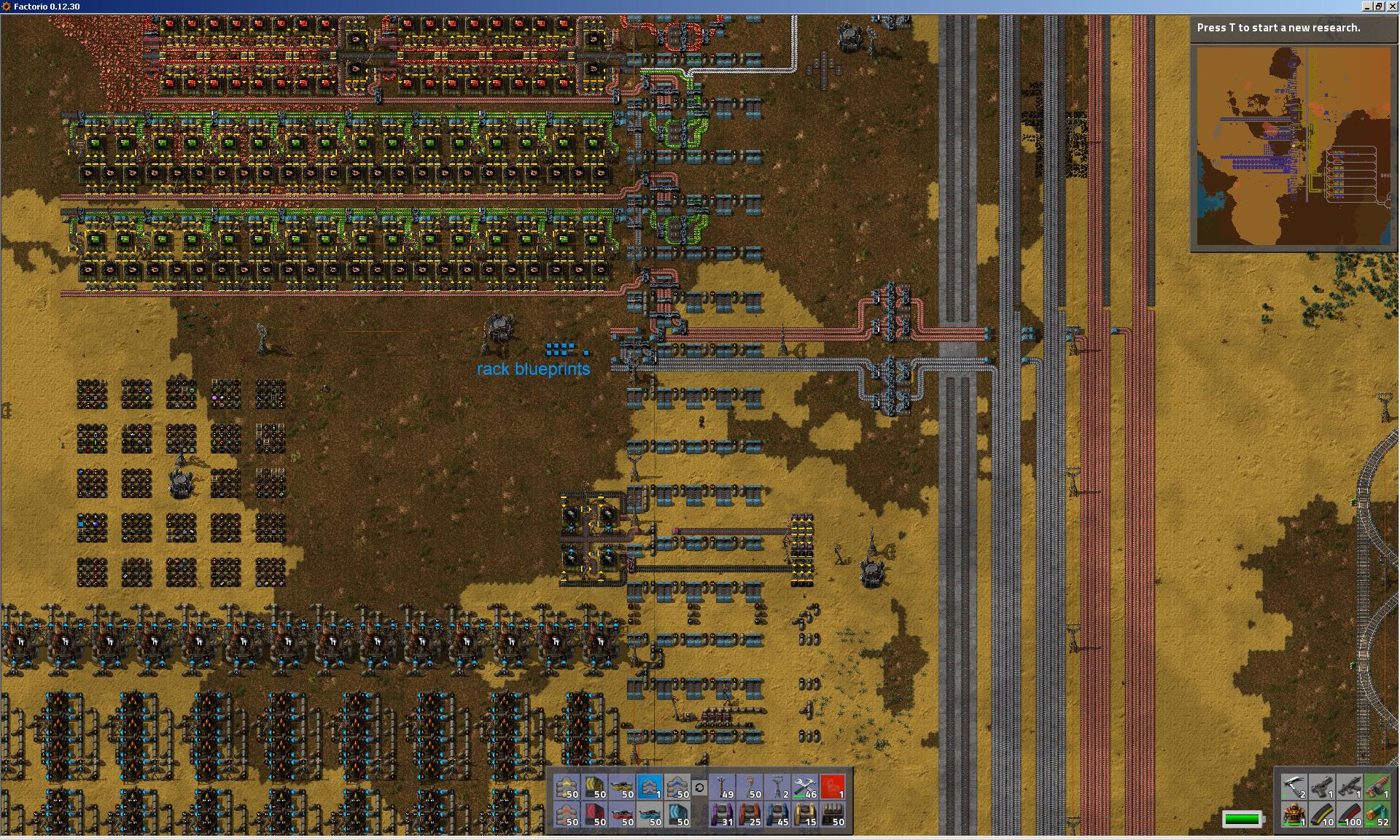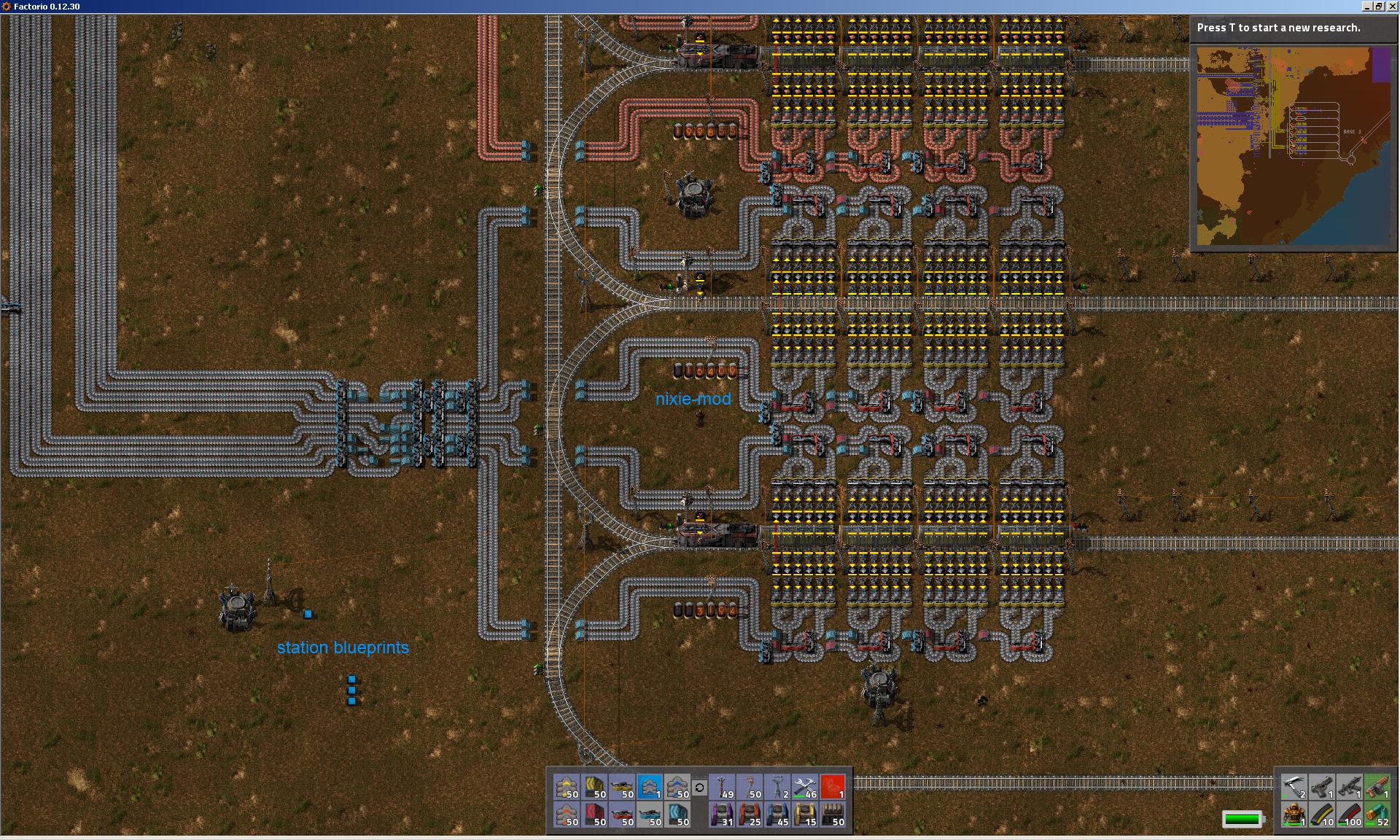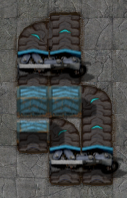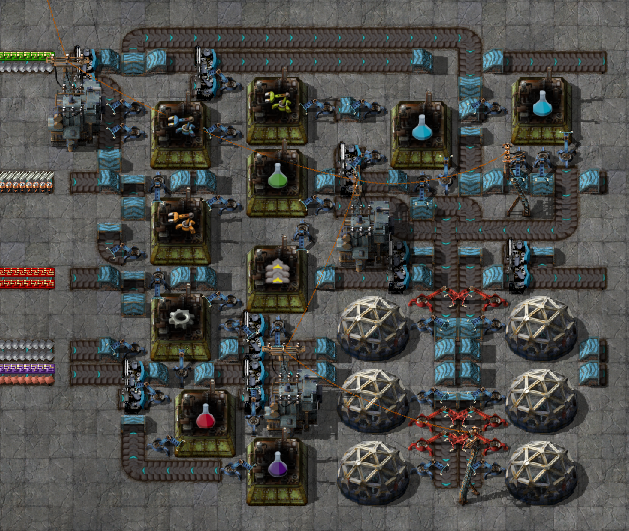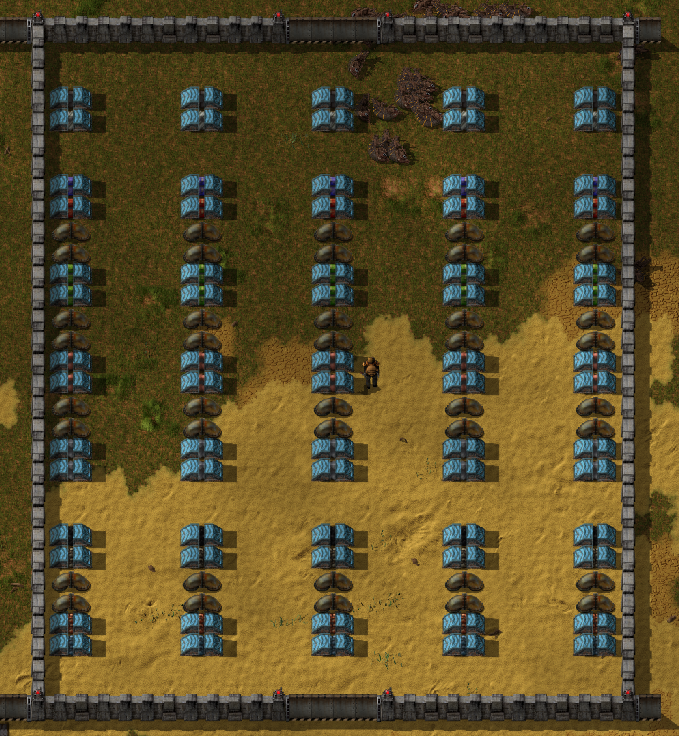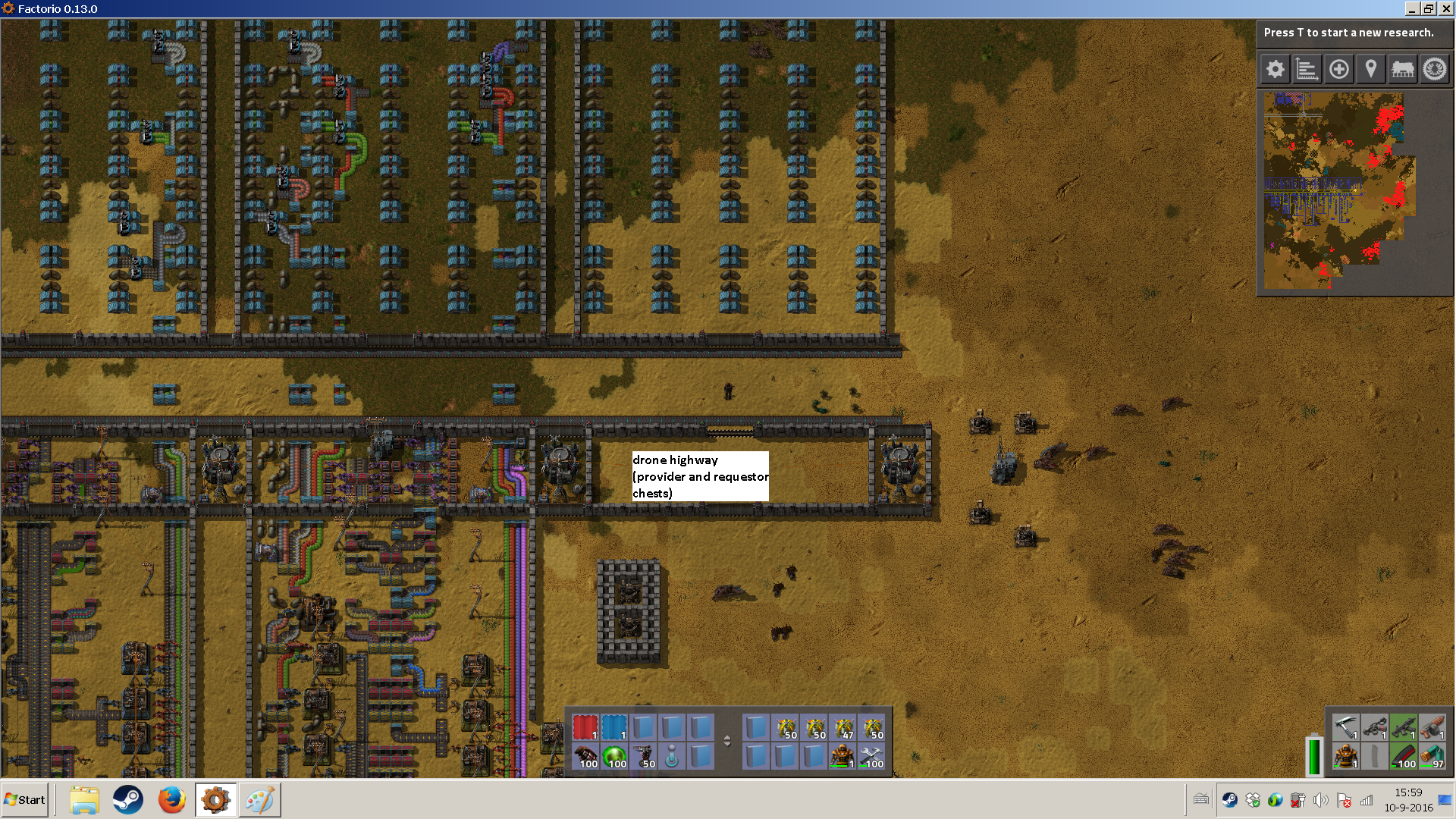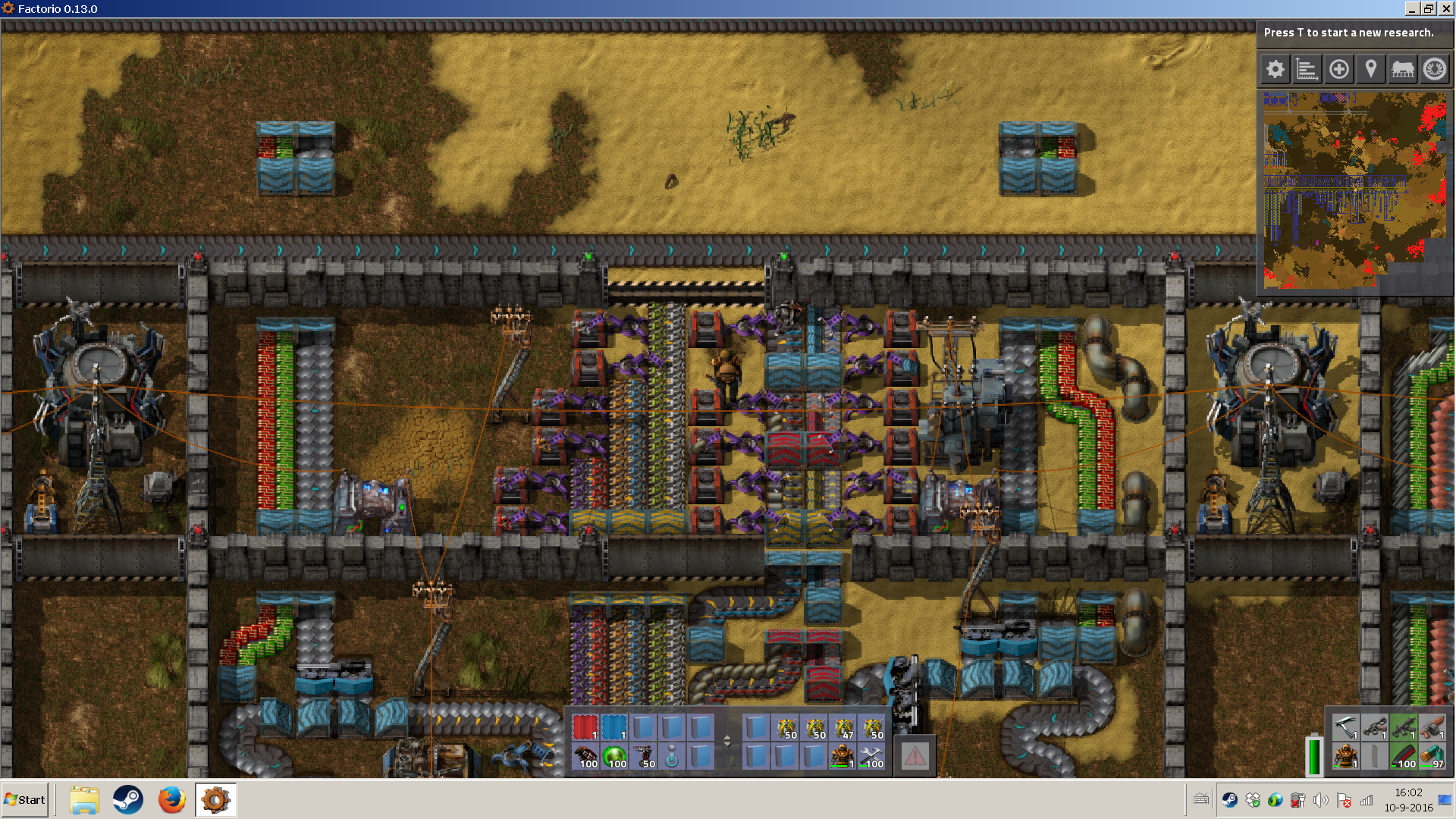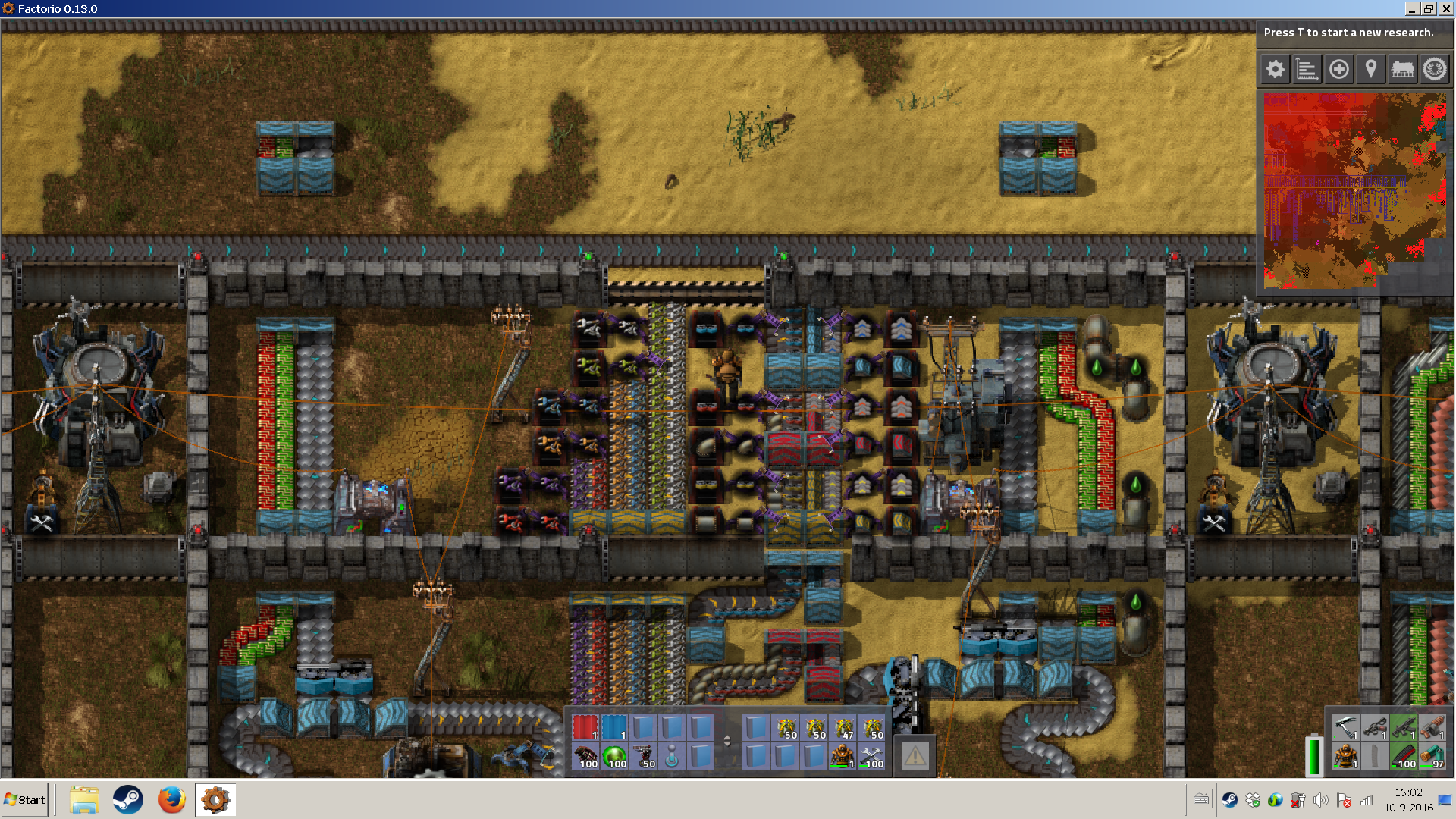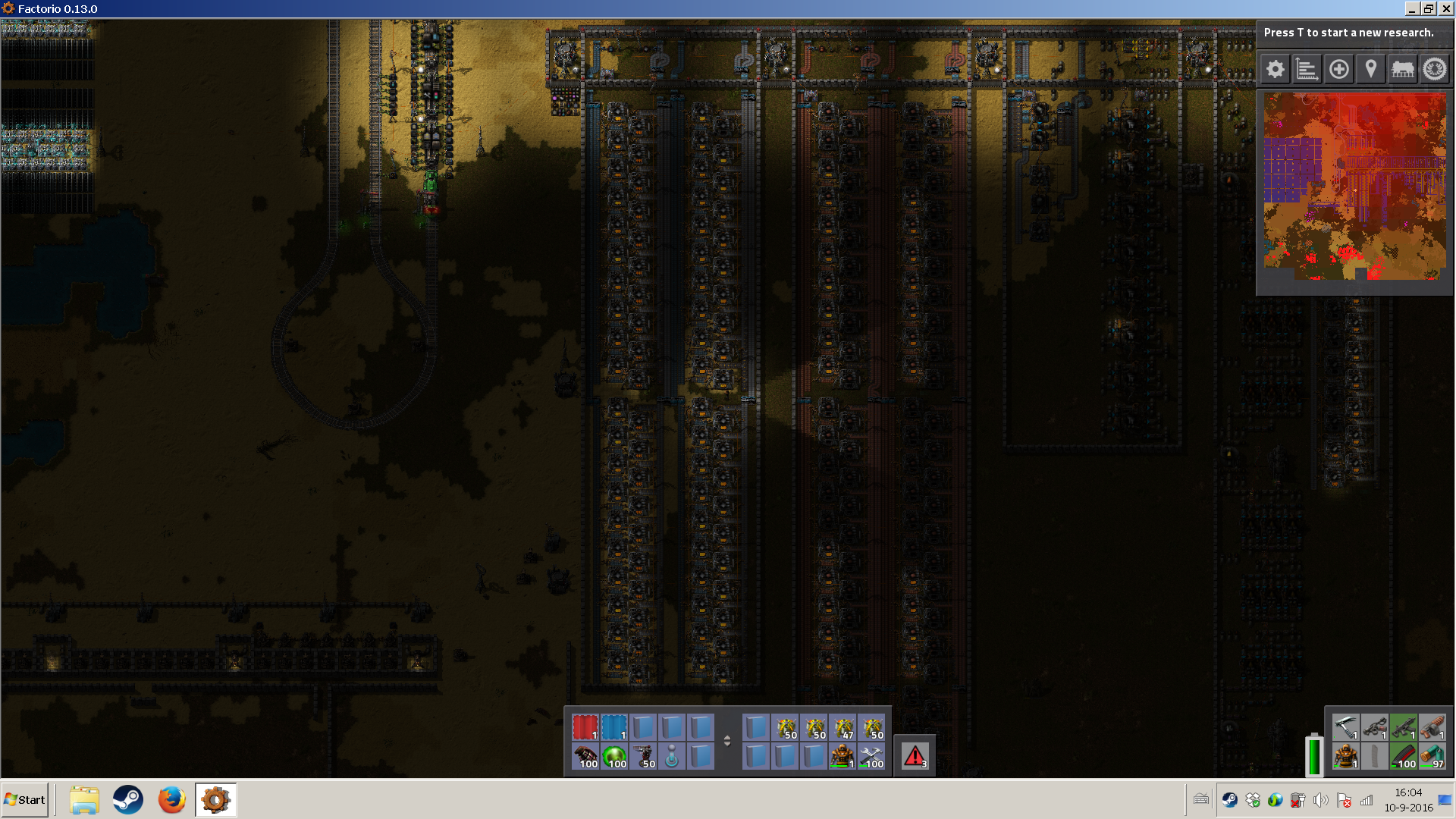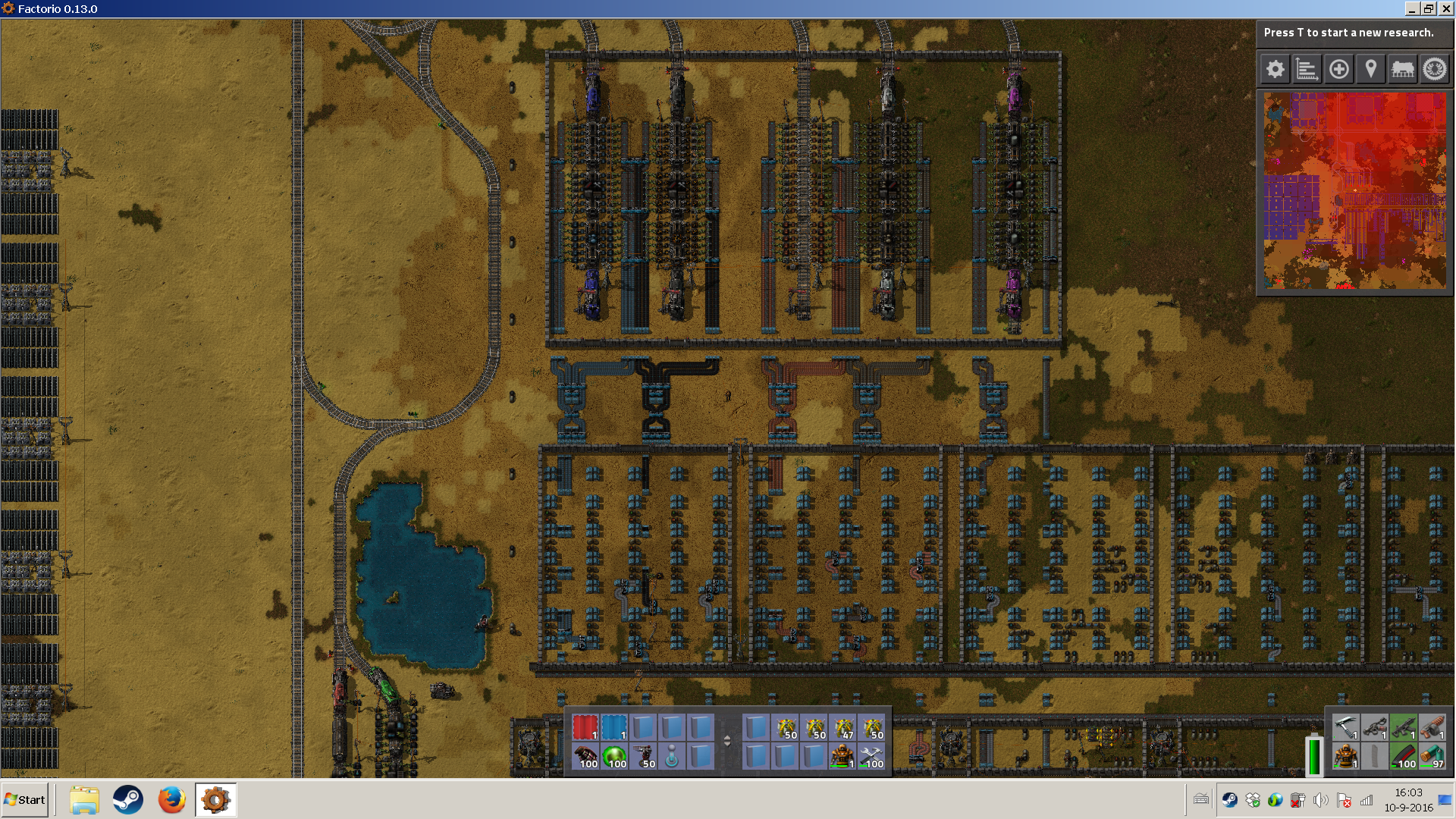This... this is beautiful...

It really makes me happy you had fun toying and tinkering around

From your blueprints I see you put some serious thought into them to keep the design rules intact and what came out is really really clever and inspiring!
I'd be interested about a critical feedback from you on the design rules themselves. How was the experience, what would you change.
As you rightfully stated, the factory tends to get quite long as every rack adds 13 tiles on top and producing the most basic items like circuits, steel and all the fluids already use some racks creating a basic minimum height.
Also the belts and pipes for the bus itself are a not neglectible overhead. Sure, you can mass-produce all the blue belts and all the pipes and at that stage resources are usually not a problem anymore, but they tend to add up and also take up some "ineffective space".
To make the factory shorter you can have two busses running parallel, e.g. by using a splitter after the base items (circuits et al.) or by producing them in both busses:
Code: Select all
^
|
rack -+
rack -+
rack -+
rack -+
rack -+
rack -+
base rack -+
base rack -+
base rack -+
becomes:
Code: Select all
^ ^
| |
rack -+ rack -+
rack -+ rack -+
rack -+ rack -+
'----<----+
base rack -+
base rack -+
base rack -+
When doing this you limit yourself how wide the right bus with its racks can get before running into the left bus, but there are sorts of items that do not need a wide amount of space (as seen on your map) and their expected max-width can be estimated.
Keep the side-feeds in mind, so group depending racks together to keep the side-feeds short and ideally contained in one bus.
And of course you're not limited to 2 but you can make 3, 4 or even more parallel busses.
If the base items become too sparse in one of the branched-off busses you have to add another base rack inside to ramp up the supply again.
Then the balancing mini-game starts anew

It's also possible to rotate the blueprints as-is and have the bus running up on the left side and down on the right side. I haven't tried it myself but it should be feasible (and I imagine it would possibly look pretty cool

)
Code: Select all
.---.
rack -+ +- rack
rack -+ +- rack
rack -+ +- rack
rack -+ |
rack -+ v
rack -+
base rack -+
base rack -+
base rack -+
You can even go completely crazy:
Code: Select all
k
c
a
r
|
.-+-.
rack -+ +- rack
rack -+ +- rack
^ rack -+ +- rack
| rack -+ +- rack
rack -+ base rack -+ +- rack
rack -+ base rack -+ +- rack
rack -+ base rack -+ +- rack
rack -+ '-------------<---- stockpile
rack -+ +- rack
'---+----+-----+---'
| | |
r r r
a a a
c c c
k k k
The main problem with these "folding" approaces is that it could get a bit messy when you want to feed in fresh plates from the stockpile and that crosses another bus. The easiest solution would probably to just feed
all busses using the "Bus Plate-Feeder" from
this post (larger example with some NOPs):
Code: Select all
^ ^ ^ ^
| | | |
rack -+ rack -+ rack -+ rack -+
rack -+ rack -+ rack -+ rack -+
rack -+ rack -+ rack -+ rack -+
| | | |
+----<----+----<----+----<----+----<---- stockpile
| | | |
rack -+ rack -+ rack -+ rack -+
rack -+ rack -+ rack -+ rack -+
rack -+ rack -+ rack -+ rack -+
| | | |
'----<----+ '----<----+
| |
'---------<---------+
|
base rack -+
base rack -+
base rack -+
|
'----<---- stockpile
As the feeders are serial and not treelike, the rightmost bus gets the most share of items, up to 50%, the next one 50%*50%=25%, the next one 12.5% and so on. One way would be to split the resources in a fair way before joining them into the bus:
Code: Select all
^ ^ ^ ^
| | | |
rack -+ rack -+ rack -+ rack -+
rack -+ rack -+ rack -+ rack -+
rack -+ rack -+ rack -+ rack -+
| | | |
| rack -+ | +-<--+
| | | | +-+
| | +-----------<--+ |
rack -+ | | | +- stockpile
| +---------------------<--+ |
| | | | +-+
+-------------------------------<--+
| | | |
rack -+ rack -+ rack -+ rack -+
rack -+ rack -+ rack -+ rack -+
rack -+ rack -+ rack -+ rack -+
| | | |
'----<----+ '----<----+
| |
'---------<---------+
|
base rack -+
base rack -+
base rack -+
|
'----<---- stockpile
But this escalates quickly

The nice thing is you can experiment with all the larger base layouts quite easily because all facilities fall exactly into the raster of the rack height, which makes ripping out a whole rack and placing something entirely different in its place so easy. Usually nothing else has to be modified (besides side-feeds). It's plug and play

Regarding the question about supplying a rocket silo; yes, it takes a helluva of resources per second as you have to repeat the production facilities very often to get the desired number of items in a reasonable time. So I assume it's only possible if you are able to feed enough raw resources like plates quick enough to keep the production pace up.
I suppose there are several ways to approach this. One way to do this would be by using a more integrated production rack or by using the multibus approach seen above.
The more homogenous your racks are the better you can calculate their demand and optimize the whole bus layout for them regarding when to feed, where to split, etc. It's like creating a production matrix on a larger scale consisting of racks on parallel busses and then consider those racks and busses again as a single unit, a building block, which can again be embedded into a larger scale system where resources are fed into and produced items are received from in a standardized way.
Hm. Actually that gave me an idea

